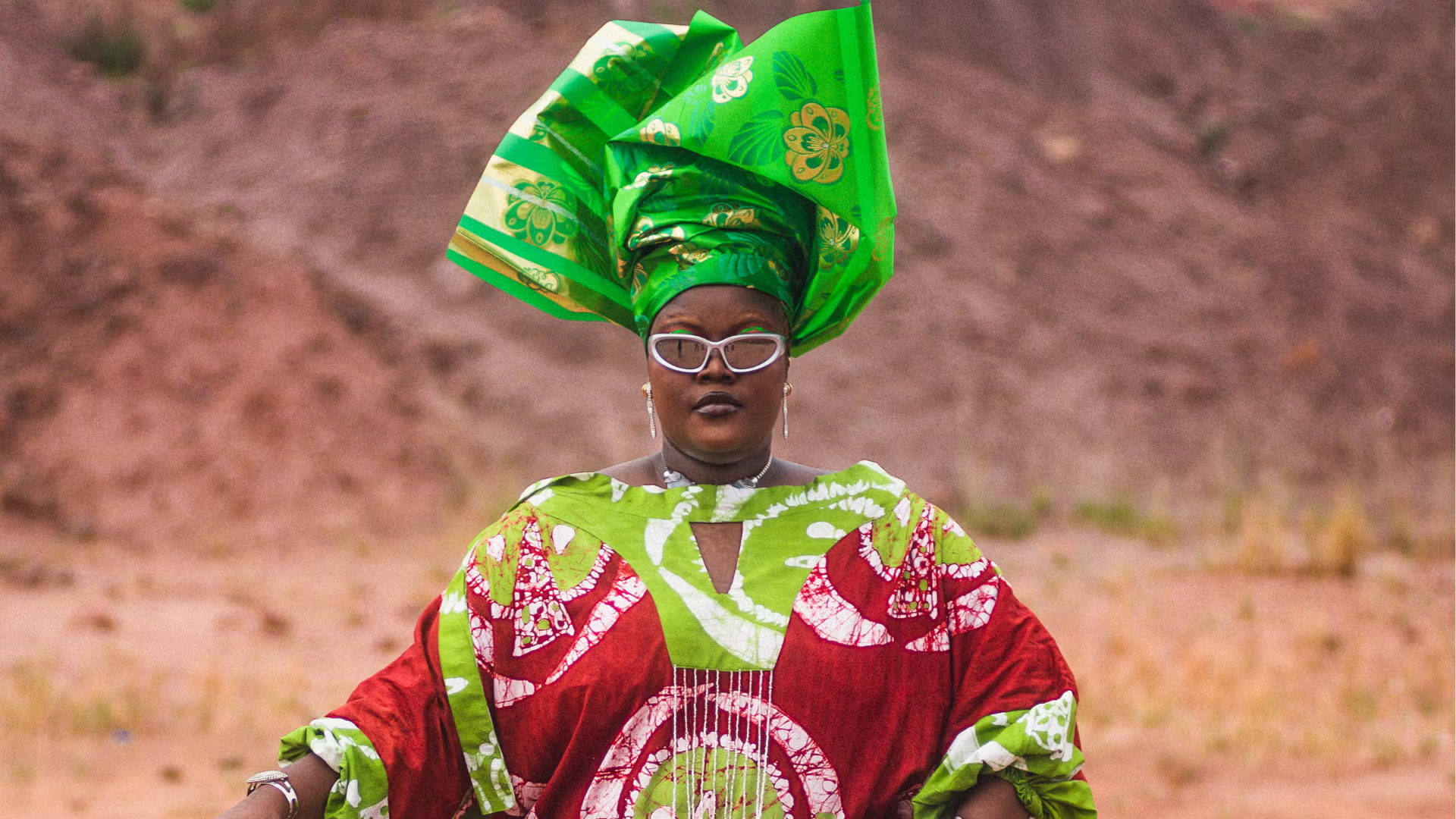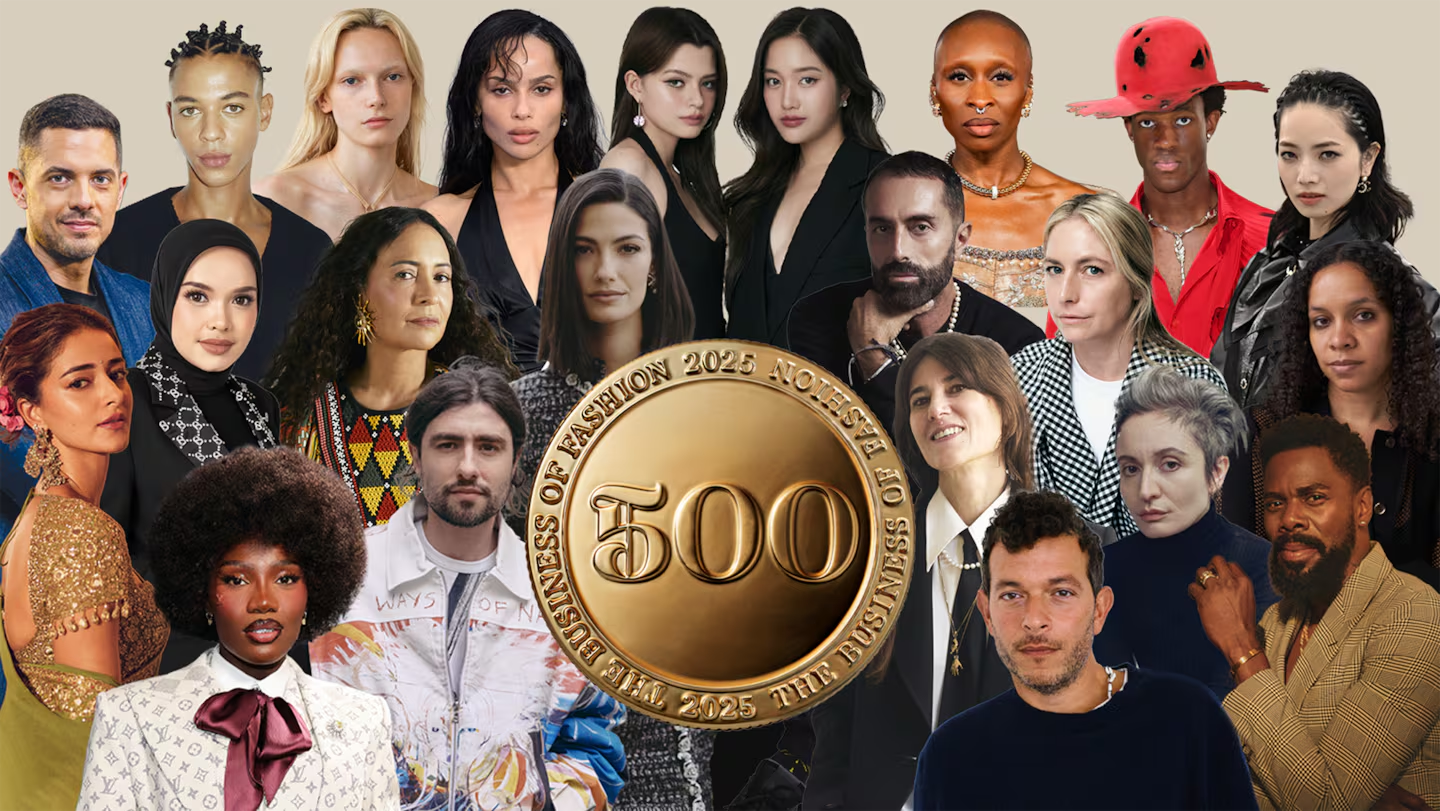After almost three decades, South Africa Fashion Week has pressed the pause button-but not due to failure. It is a deliberate pivot, an opportunity to re-evaluate how African fashion shows operate in a world where traditional runway formats no longer fit either the realities of design, production, or audience engagement. Founded 28 years ago by Lucilla Booyzen, SAFW has long served as a fertile ground for launching South African designers onto the world stage. This cultural showcase has knit together local creativity with global attention. Now it’s taking a different turn.
Booyzen discusses the difficulties straightforwardly:
Instability in the supply chain has made fabric sourcing unpredictable and costly. Production costs have increased, while visibility and retail opportunities for designer-led brands have shrunk. The old approach of staging two large seasonal shows no longer fits the needs of designers and the market.
The plan is to emerge in 2026 with a hybrid, year-round ecosystem. This new model combines live shows, digital storytelling, capsule collections, and stronger retail tie-ins. This is about giving them visibility throughout the year rather than compressing it into two brief moments on the calendar.
This next chapter is about ensuring that it thrives in a world that looks very different from when we began 28 years ago, Booyzen says.



Supply-chain turbulence, inflating production costs, and changing retail models have made the traditional runway increasingly impractical. Designers bypass traditional stores to reach their audiences directly through social media platforms. Sponsorship pressure and changing consumer attention underline the need for change. Lezanne Viviers, a South African designer, says,
I don’t believe it’s relevant anymore to have a massive collection twice a year. brands want to be more sustainable.
But this pause is not solely a South African story; it signals a larger shift for fashion weeks across the African continent. The traditional model-one big show, two times a year-is giving way to a continuous, dynamic ecosystem where digital content, education, retail collaborations, and cross-industry partnerships all meet. It’s about making fashion work in the real world while still capturing imagination.


For designers, the changes open up new possibilities: smaller, more intimate shows, capsule collections, hybrid online experiences, and direct consumer engagement. “The future might lie in making things to measure or going back to a more couture, salon-style approach,” says Viviers.
The pause by SAFW is not an end but a reinvention. It is recognition that fashion weeks need to adapt or risk irrelevance. To African fashion, from Johannesburg to Lagos, the message is clear: evolution is not optional. It’s an opportunity to blend creativity, commerce, and culture in ways that resonate all year round-not just on the runway. As Booyzen puts it, the pause is about alignment, relevance, and renewal. African designers and their audience can look forward to the next runway as a celebration of heritage and a bracing of innovation, one story, one look, one collection at a time.

























